-
Curve-toothed Geometer
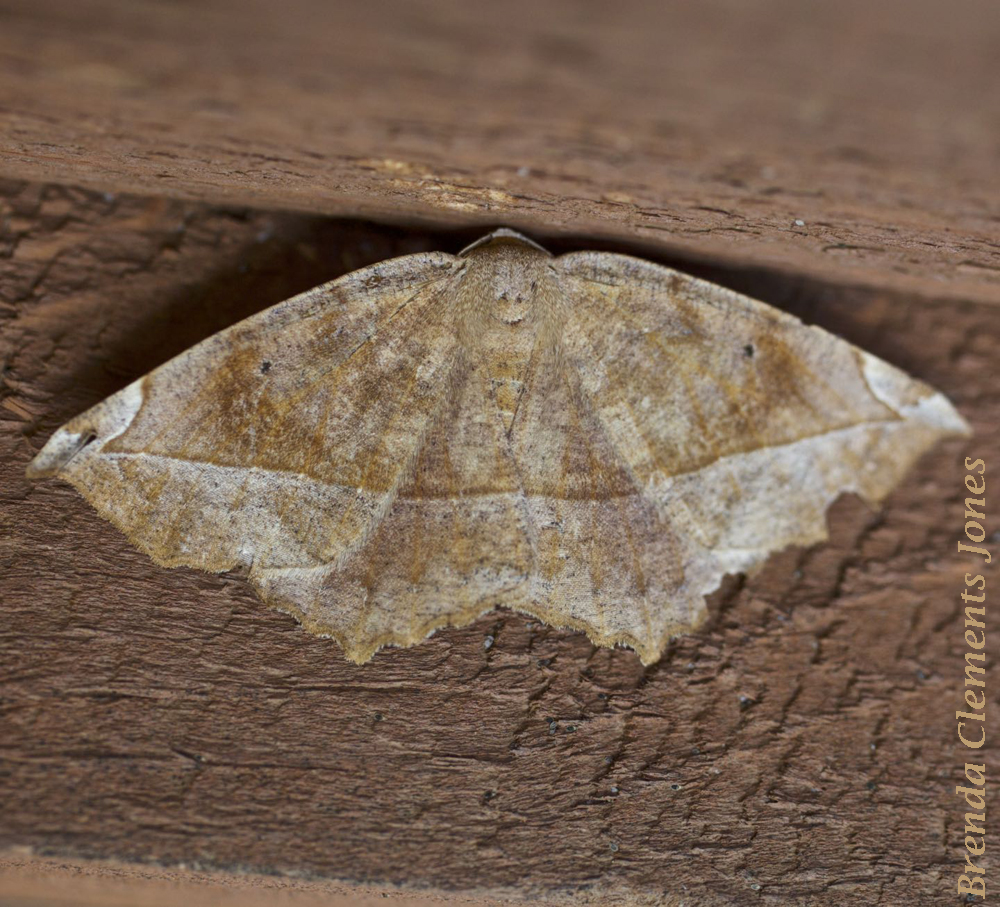
Another nod to moths in celebrating National Moth Week (July 17-25, 2021). This moth photo was in my immense file of moth images, unidentified. Many of you might know, I love a mystery and last night I looked upon this critter as one of those mysteries. Luck was with me and I was able to…
-
Lesser Maple Spanworm Moth
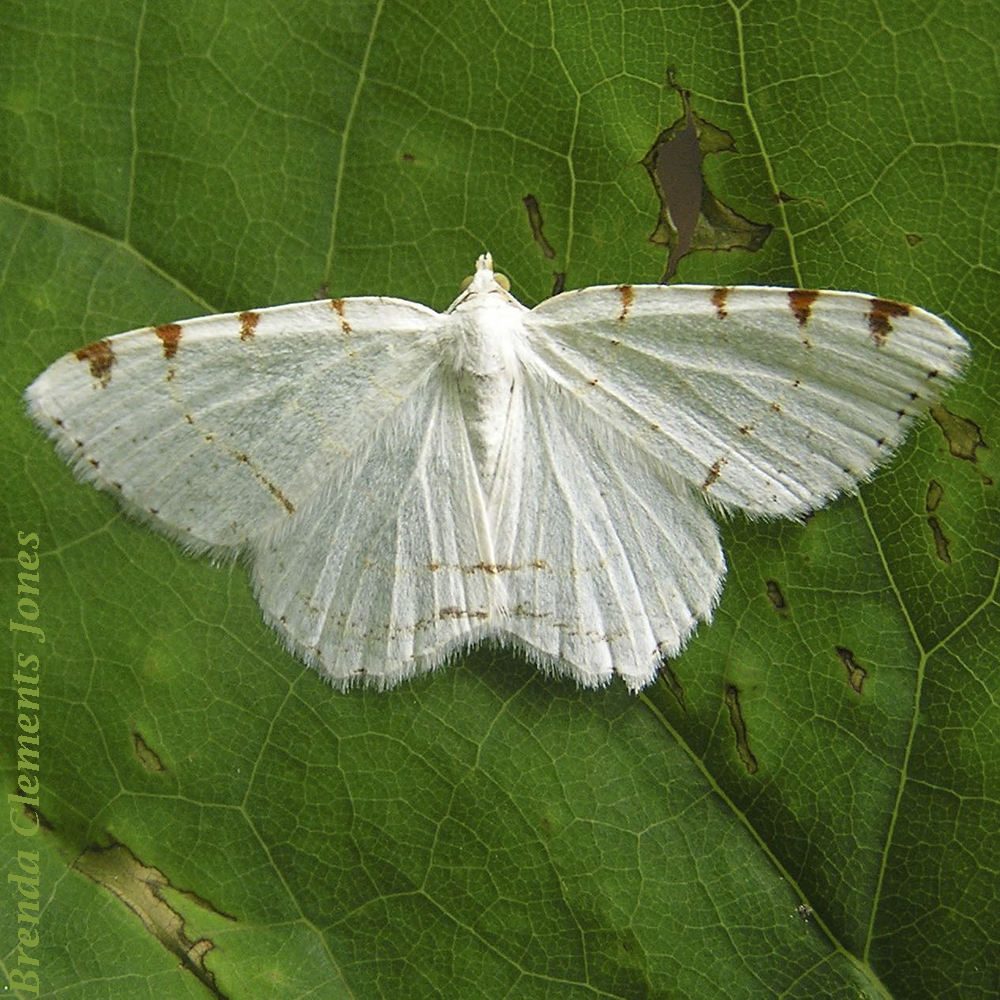
Yesterday a dear friend let me know that we’re in the middle of National Moth Week (July 17-25, 2021). I had no idea such a thing existed! But now, with that in mind, I present the Lesser Maple Spanworm Moth (Speranza pustularia). Like many moths, this one is nocturnal and is attracted to porch lights.…
-
Variegated Fritillary
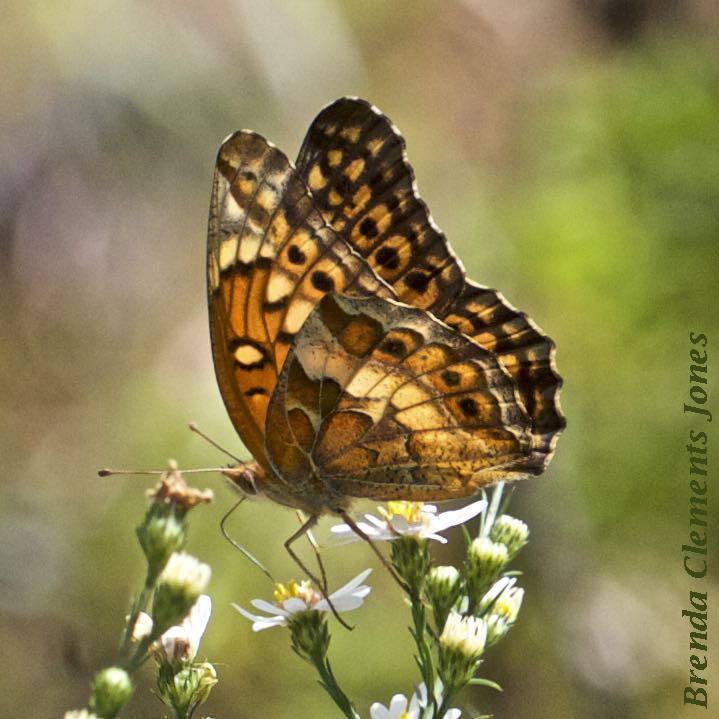
Unlike other Fritillaries, that exclusively use native Violets as their host plant, the Variegated Fritillary depends on many plants as its host plant including those Violets and also Passion Vine, Pansy, Purslane, Mayapple, Flax, and others. The Variegated Fritillary has a “long” life as an adult compared to some other butterflies, living between two and…
-
Oregon Grape Holly

Oregon Grape Holly (Mahonia aquifolium). Zion National Park, Utah. Native to western North America. Mildly scented cheery yellow blooms. Next come dark blue berries which are edible and tart.
-
Spicebush Swallowtail Caterpillar
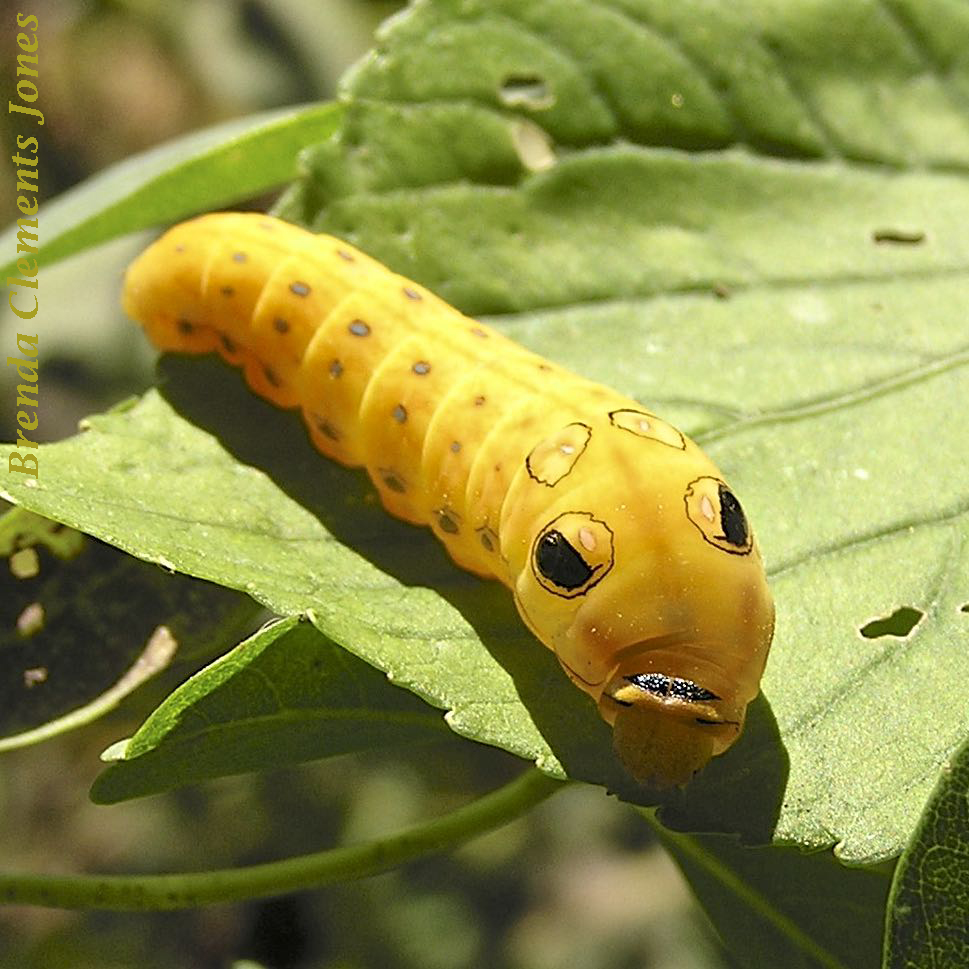
Several days ago I wrote about the adult Spicebush Swallowtail (Papilio troilus). The caterpillar of that beautiful butterfly has an impressive set of eyespots giving the caterpillar the look of a small snake which protects it from predators. The actual eyes are quite small, about the size of a pinpoint, located down the head, close…
-
Tiger Bee Fly
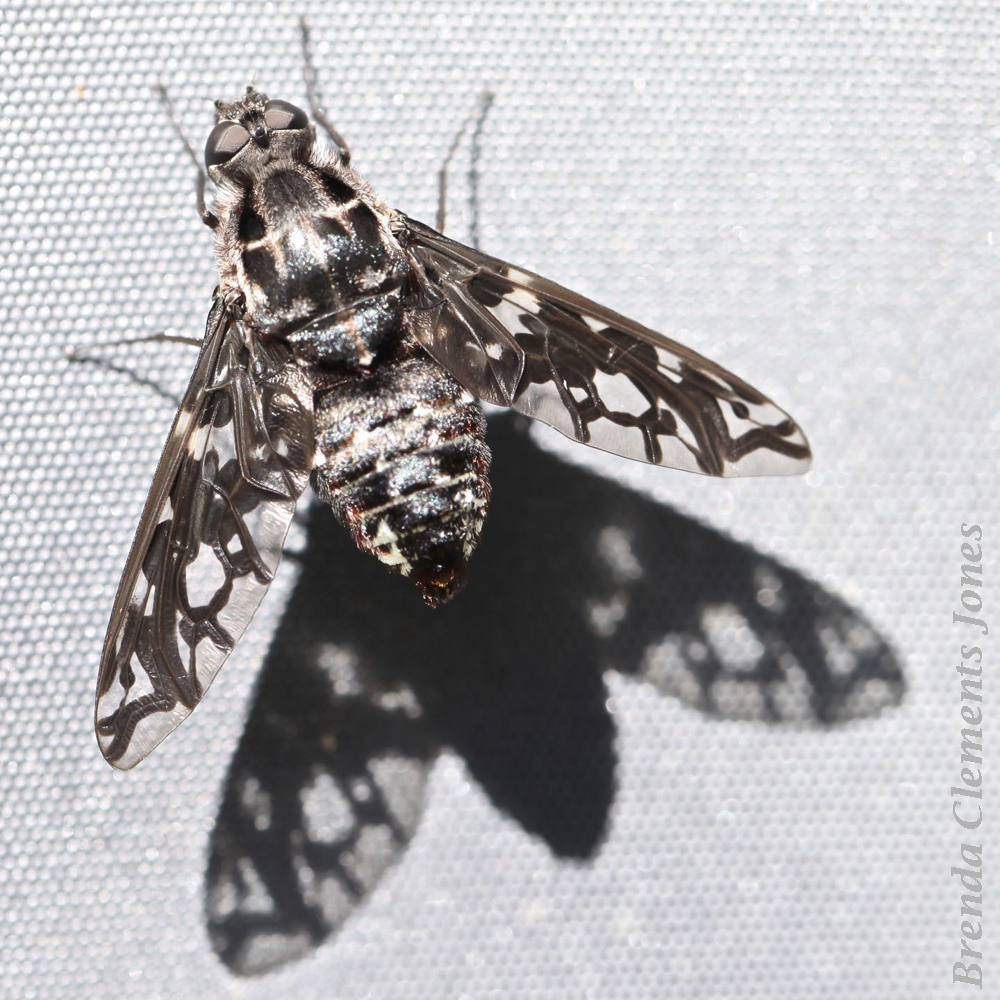
Nothing to worry about, though it reminds me of a Horsefly. Actually something to cheer about. This is a Tiger Bee Fly (Xenox tigrinus). It doesn’t show any aggression toward humans. No stinging. No biting. Measuring in at one-half to three-quarter inch long, the Tiger Bee Fly is an insect of the family Bombyliidae (bee…
-
Silverleaf Mountain Mint
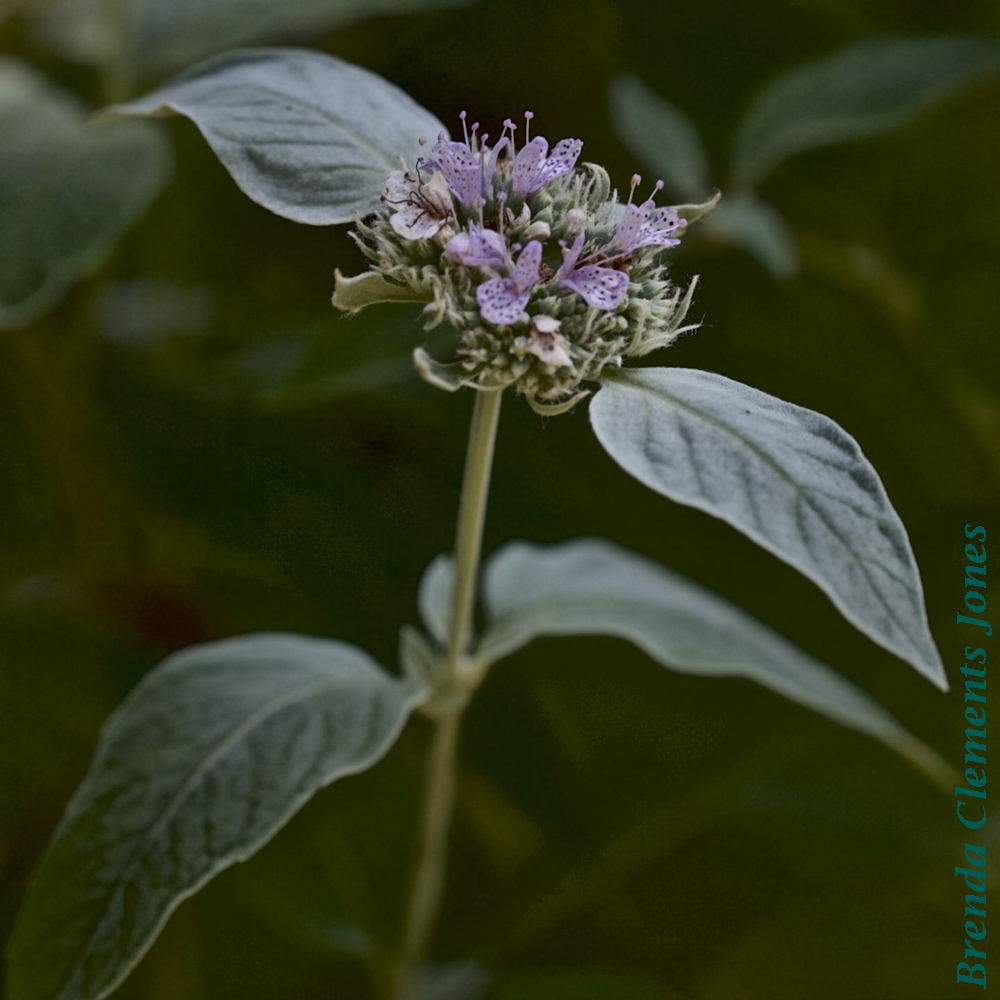
A native mint that has intrigued me for years living trailside here on the mountain. I’ve found it available at a native plant nursery and now I have some in my gardens. Silverleaf Mountain Mint (Pycnanthemum incanum). Native to eastern North America. The nectar of this Mountain Mint is popular with bees and butterflies. The…
-
Japanese Beetle
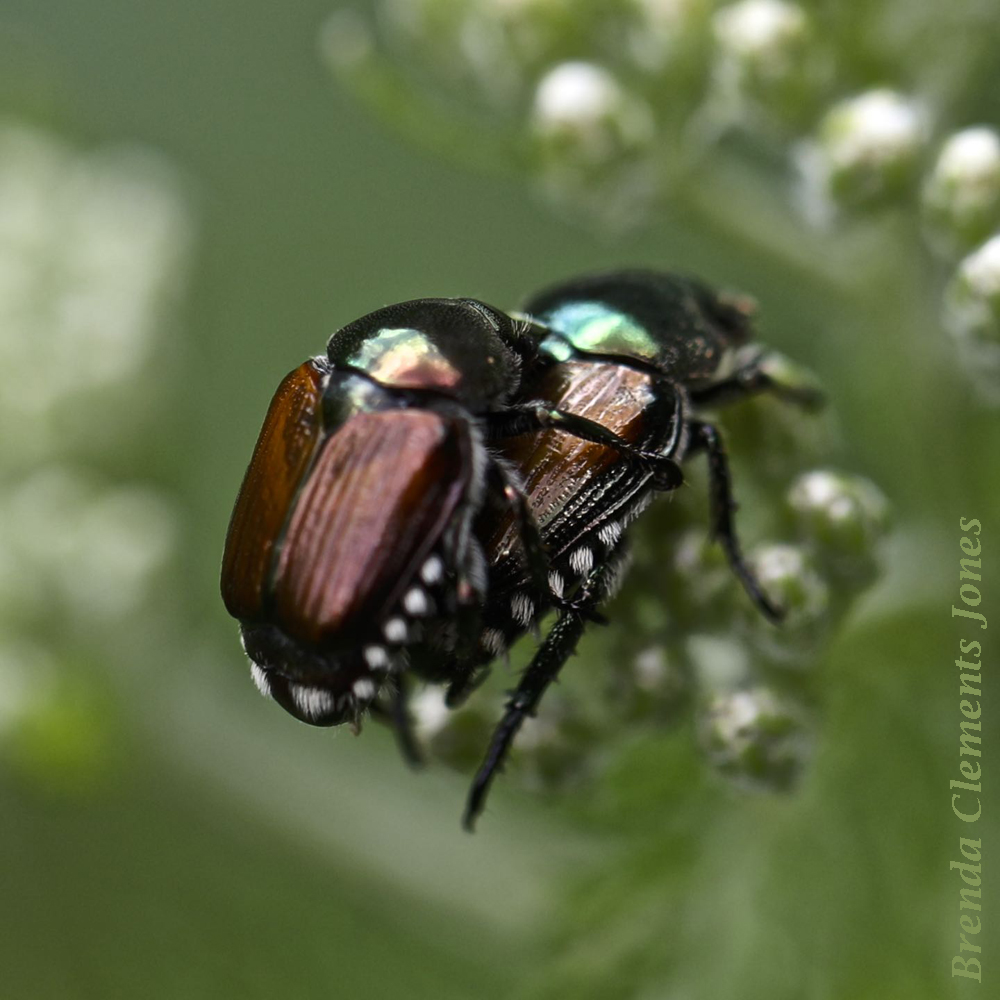
A dear friend this morning at yoga asked me if I had anything good to say about Japanese Beetles (Popillia japonica). After giving it some thought, I can say, yes indeed. They sure are pretty! The Japanese Beetle is a species of scarab beetle, native to Japan where they are pretty well behaved or at…
-
Silvery Checkerspot
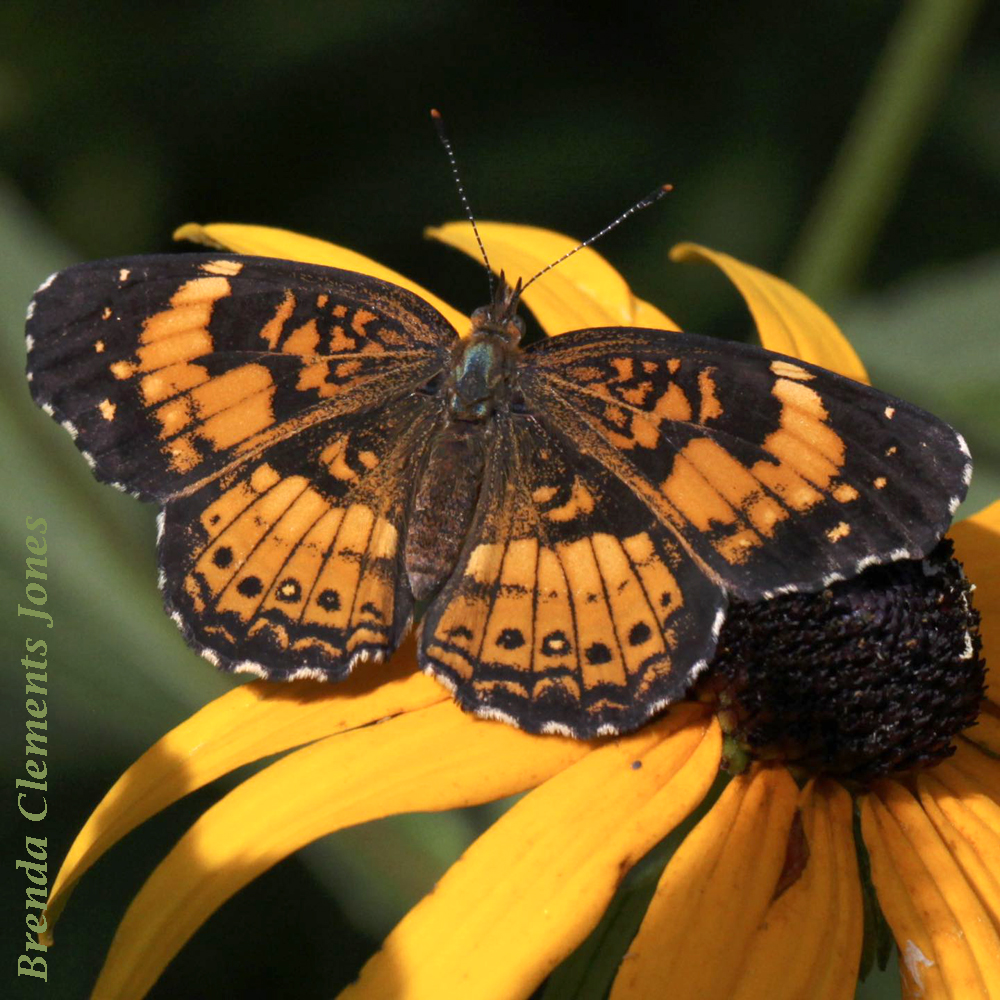
Warm sunlight shining through a tiny butterfly wing. Capturing this view of the wings was a challenge. A view that this little critter didn’t want to share. But seeing this, the underside of the wings, makes identification easy. Silvery Checkerspot (Chlosyne nycteis) on Apple Mint (Mentha suaveolens). In this view the hindwing is pale with…
-
Spicebush Swallowtail
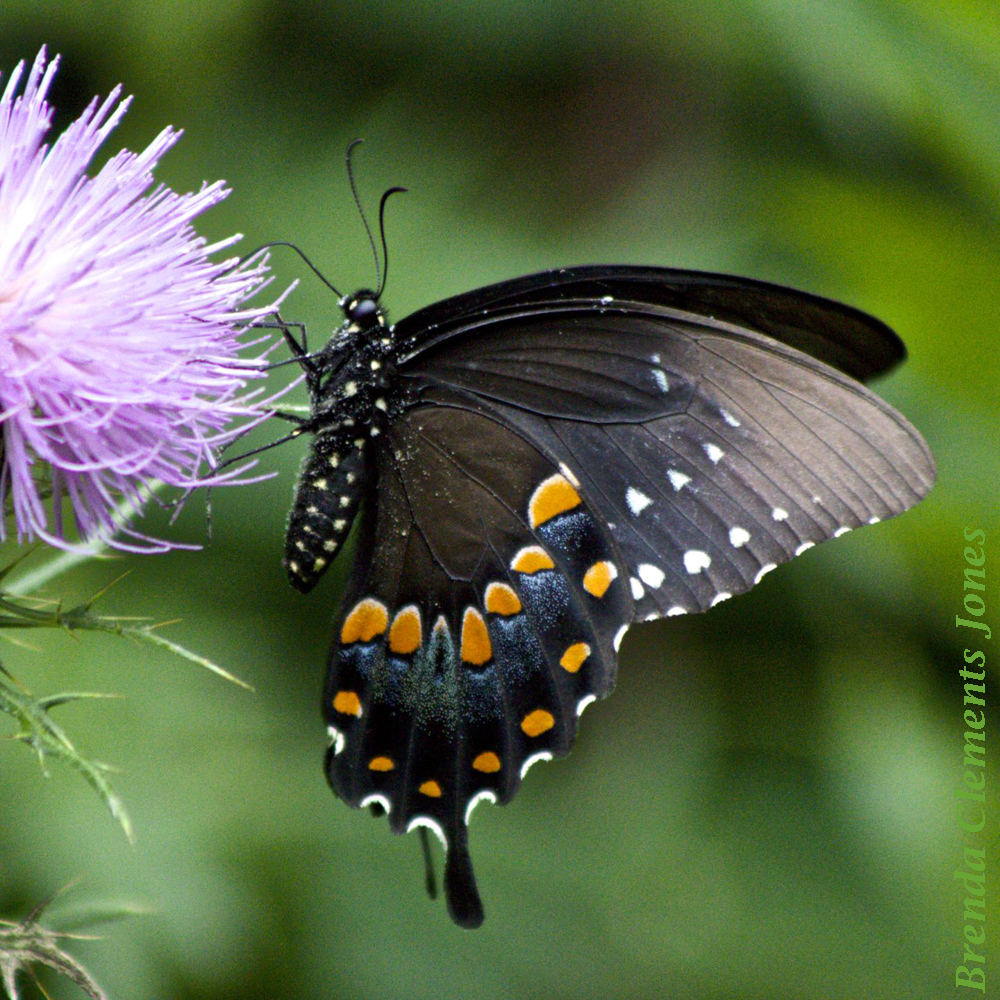
Identifying swallowtail butterflies that are predominately black can be tricky to say the least. Here’s what I go by, and perhaps this will help you too. This is the ventral, or underside, wings up and together side, of a Spicebush Swallowtail (Papilio troilus). Take a look at the two rows of orange spots on the…
